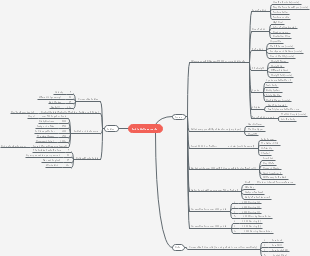MindMap Gallery How to Reduce Workplace Stereotyping
How to Reduce Workplace Stereotyping
This is a mind map about how to reduce workplace stereotyping. It is important to educate ourselves and continue to do self-assessments about our stereotypes and how they are potentially interfering with our interactions.
Edited at 2022-11-22 19:00:34How to Reduce Workplace Stereotyping
- Recommended to you
- Outline









